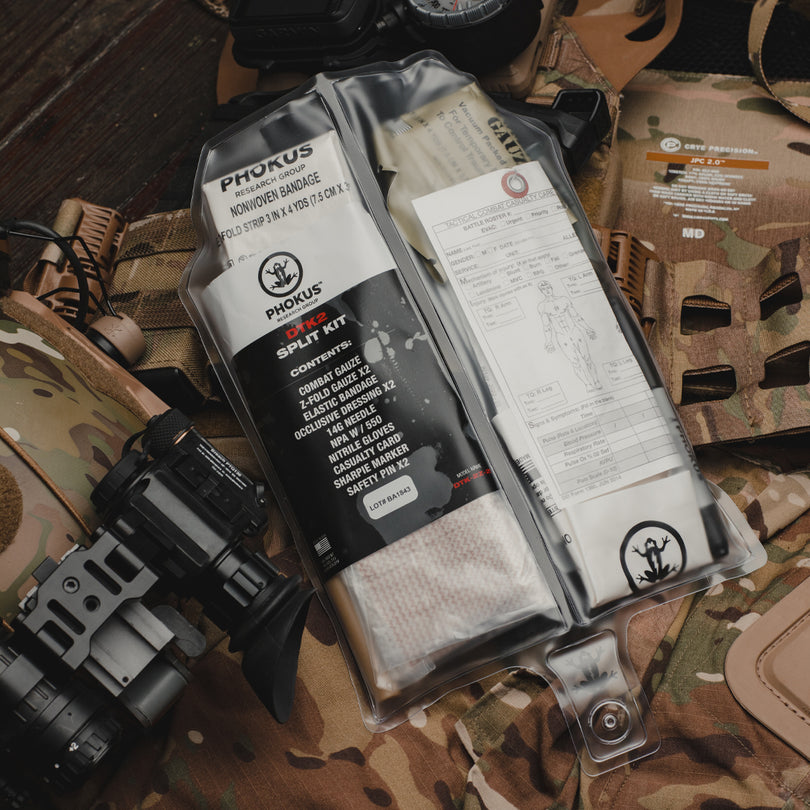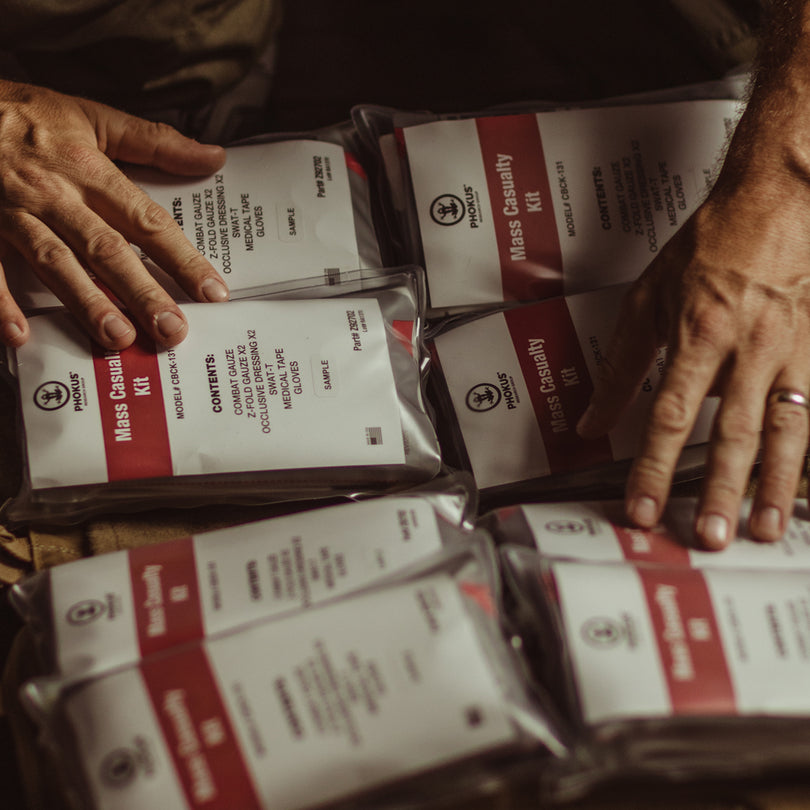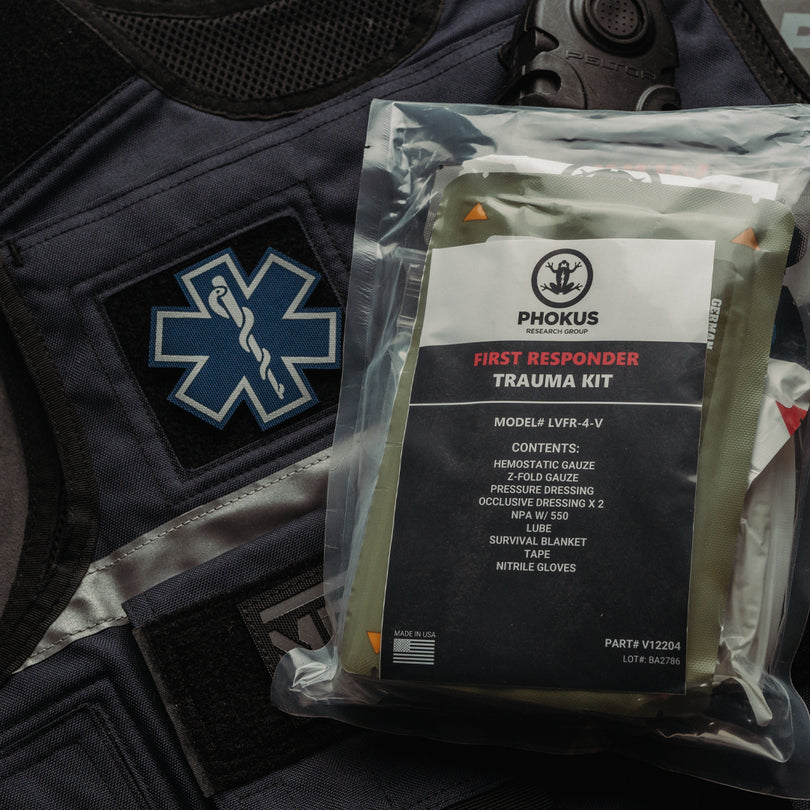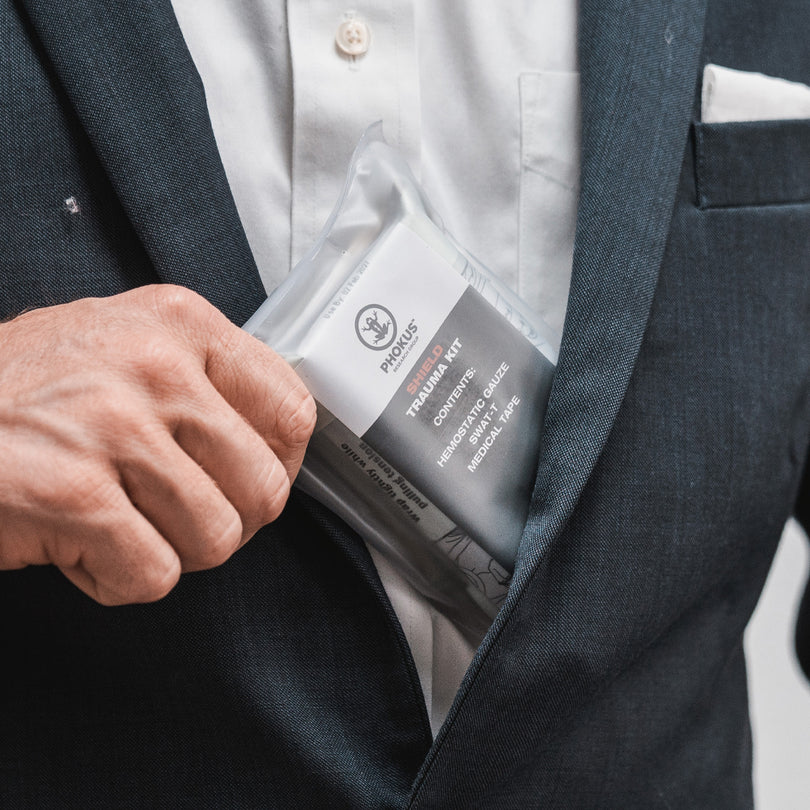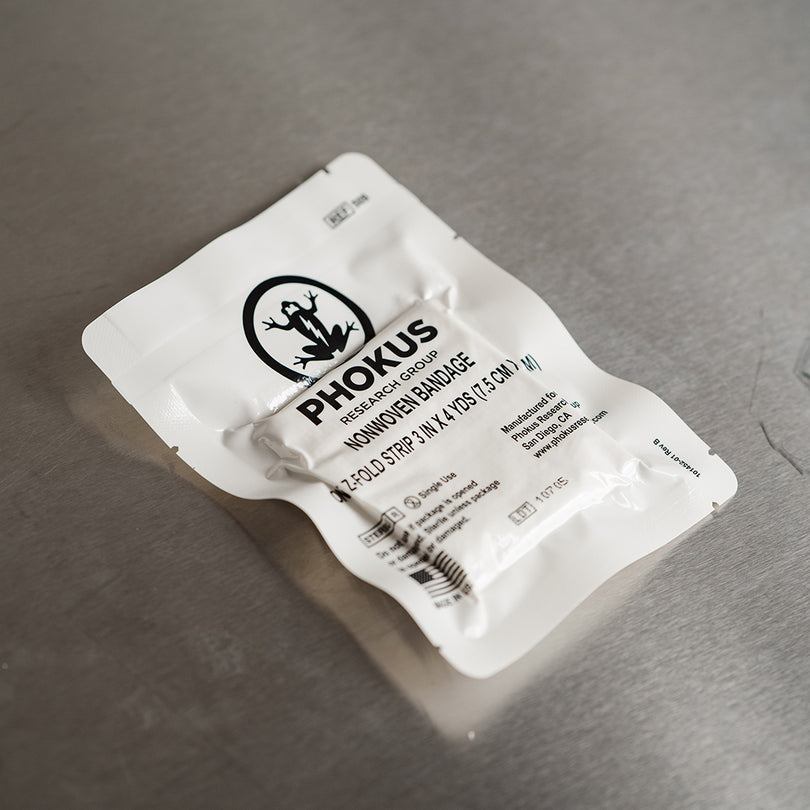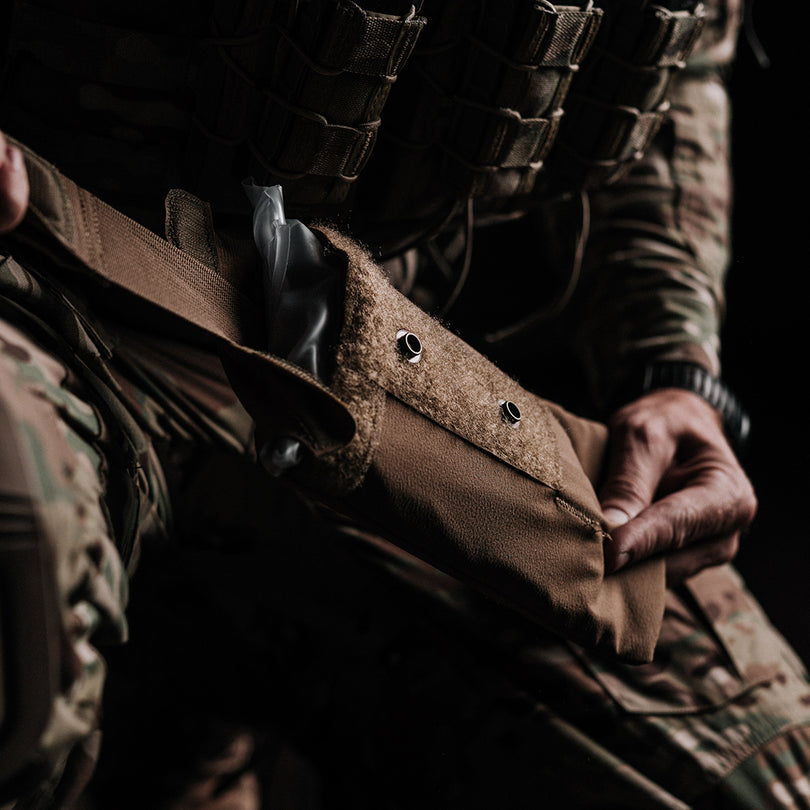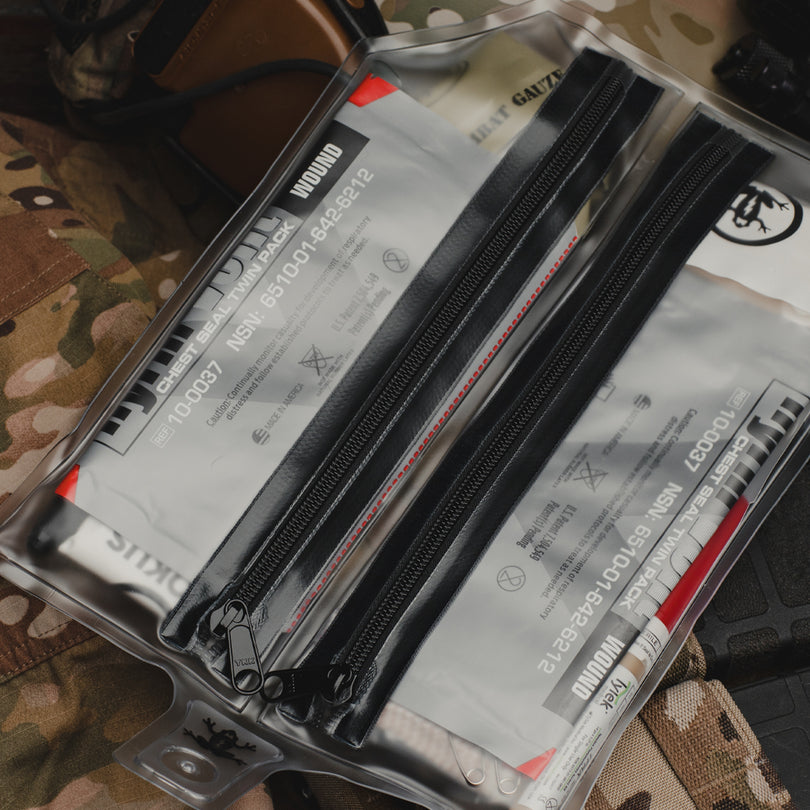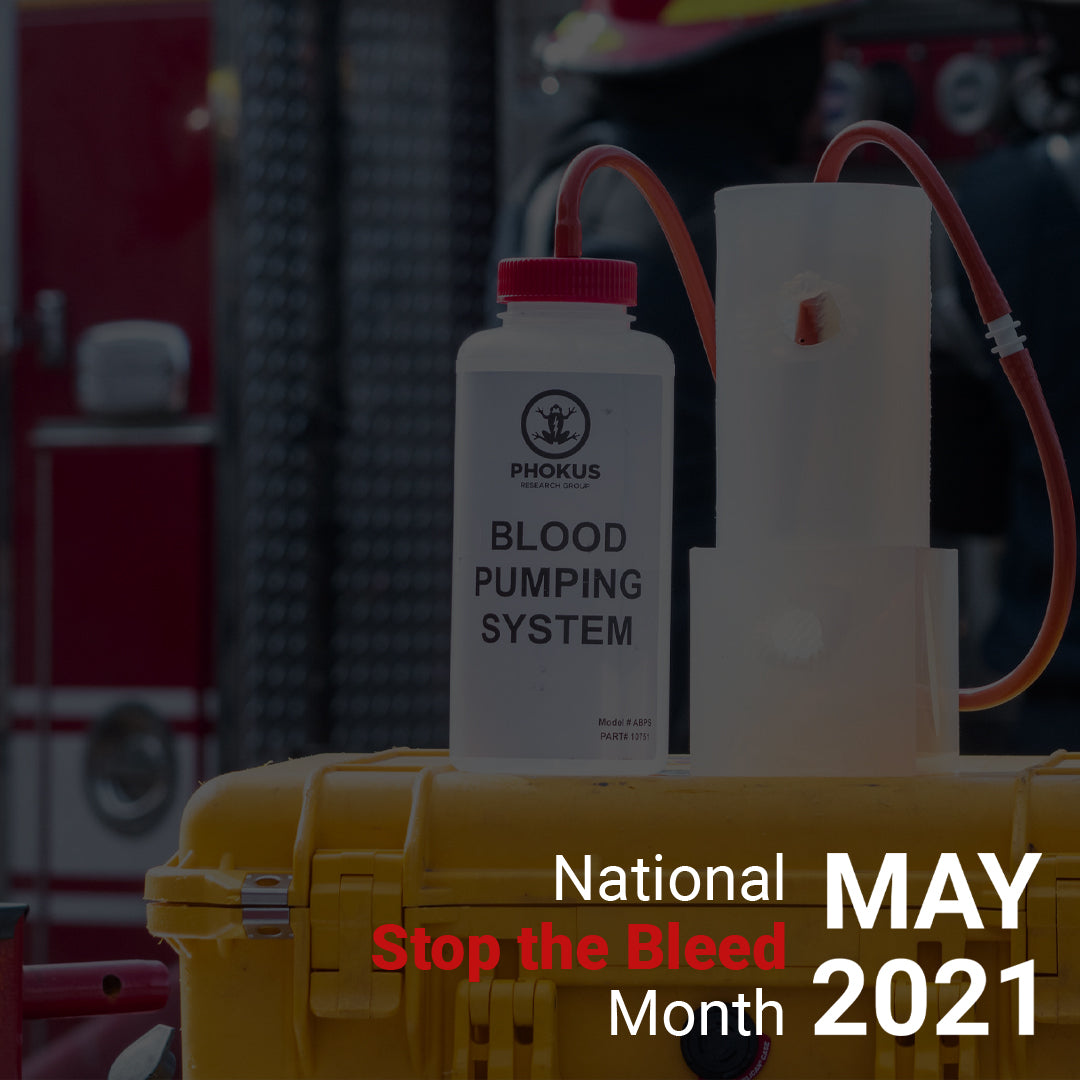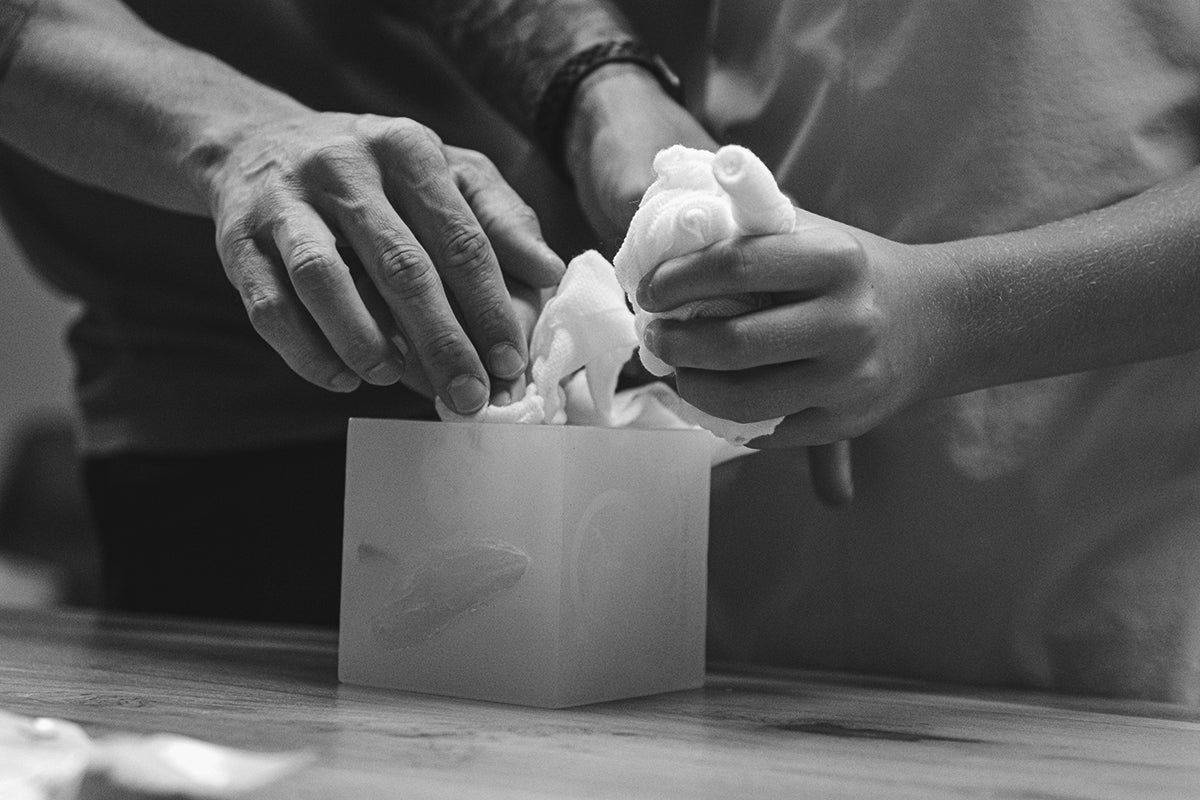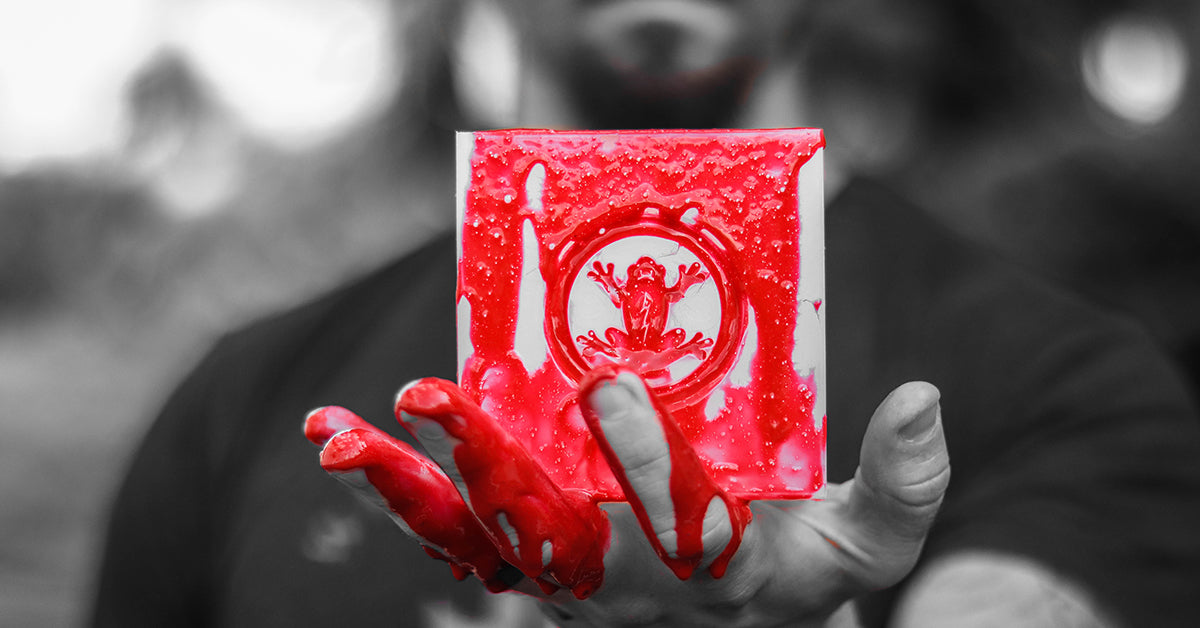Controlling the situation and saving lives
Thousands of American fatalities each year are the result of bleeding from unintentional trauma. Worldwide about 30,000 die from an accidental bleed that very well was able to be controlled. These numbers are not an acceptable statistic. The reason being is that all of this is preventable. Accidents cannot always be prevented, but the actions taken in the moments after, are the factor we can improve. Education is the first step to decrease these statistics and to increase the correct actions taken in any of these situations.
“The fate of the wounded rests with the one who applies the first dressing.” Dr. Nicholas Senn 1897
Doctor Nicholas Senn is the founder of The Association of Military Surgeons in the United States and the President of the American Medical Association in 1897. We have made enormous strides in the medical field since that time period, but the basics are still the key factors in training. The one who applies the first dressing has the power to stop bleeding, save limbs, and save lives. The timing in which this is performed, the technique applied, and the gear used is what determines the likelihood of survival. If we can increase awareness and educate, not only professionals but civilian bystanders, we can save lives.
Technique or Training
Technique stems from educational skills acquired during training. The following techniques are a few that you will learn when learning first aid and bleeding control.
- Tourniquet application
- Wound dressing
- Packing a wound
- Basic First Aid
- Advanced First Aid
Gear or Supplies
What you have on your person at the time of the trauma has an enormous impact on outcome. Everyone needs at the very minimum a basic first aid kit and tourniquet. Not all will have access to an issued IFAK Individual First Aid Kit, but we can all do our part in having the necessary supplies to help when it calls us to action. Having these basic items are what saves limbs and lives.
- Tourniquet
- Bandages
- Small, medium, and large sterile gauze dressings
- Tape
- Scissors
- Gloves
- TRAUMA KITS
It’s Simple
There is ALWAYS more to learn and the latest gear to purchase. What is important is that we continue to educate ourselves and have the materials necessary to control bleeding in an unpredictable situation. Simple readiness is what we can do to decrease the fatality rate of uncontrollable traumatic situations. Don’t let the trauma control you. You can control the bleed, change the situation, and be ready for the unexpected.

